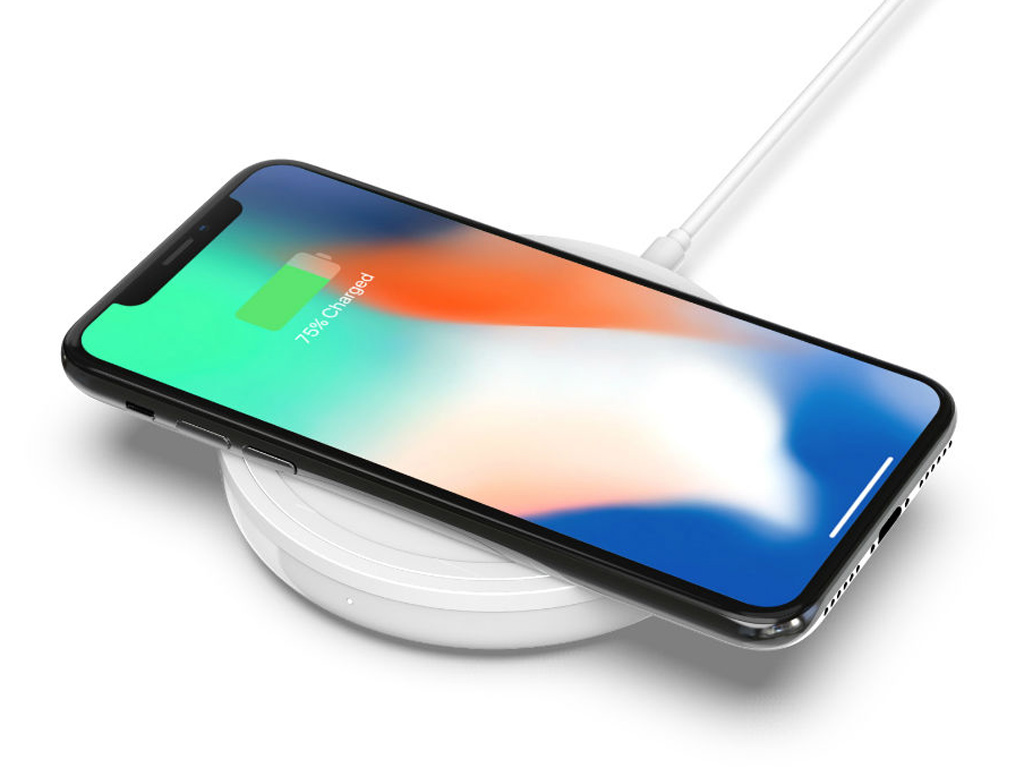
The lifeblood of any cell phone is its charger. Without it, the battery can’t recharge to work without the feeling of range anxiety. With the technology behind charging having evolved over the years, there are options to feed power to your device.
Which charger is right for you?
Plugging into a wall remains a primary method to drawing power to recharge, but the ways in which you can get the juice you need continue to change with time. Any device that uses a battery usually comes with a charger of some sort. You may want to have a backup option, or something you can take with you, all for the sake of convenience.
The other side of the equation also matters. The cables and ports you need to connect with may differ from one device to the next. You may have an Apple device that uses one of the company’s proprietary ports, or an Android device that has adopted USB-C, which is emerging as the new industry standard.
No matter what you use, chargers now come in forms that connect the device to a wall outlet, use wireless charging, or act as portable packs that bring extra battery life with you on the go.
Popular plugs and ports
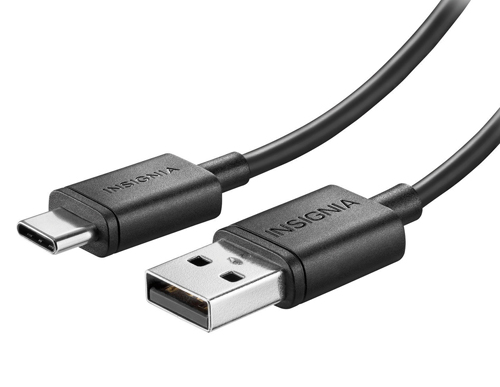 Apple mobile devices have used what the company calls Lightning as the charging port for years. It’s an all-digital 8-pin plug that was first introduced in 2012, and was unique at the time for being a reversible charging port. It is the standard charging port for all of Apple’s iOS products.
Apple mobile devices have used what the company calls Lightning as the charging port for years. It’s an all-digital 8-pin plug that was first introduced in 2012, and was unique at the time for being a reversible charging port. It is the standard charging port for all of Apple’s iOS products.
Since 2016, an increasing number of Android devices (along with other electronics, including laptops) have adopted USB-C. This is a different connector and cable from microUSB, which was smaller and more limited in its ability. USB-C is a reversible charging port, and can not only charge a device, but also funnel a lot of data through it. It’s also unique in that many USB-C cables have identical plugs on both ends, making it easier to plug in to charge or transfer data.
USB-C supports faster protocols like USB 3.1 speeds, as well as super fast speeds from Thunderbolt 3, allowing up to 40Gbps of bandwidth to flow through one cable. Not every device may support that level of speed, but the viability of the cable is clear. Laptops, tablets, smartphones, charging hubs, external hard drives and many other devices are increasingly adopting the port.
MicroUSB preceded USB-C as the industry standard for non-Apple devices, and is still in use to some degree. Smaller electronics, like wireless headphones, earbuds, portable battery chargers and wearables’ chargers may still use the port. It is being phased out slowly, but it’s still handy to have one of these cables lying around, just in case.
Wireless charging
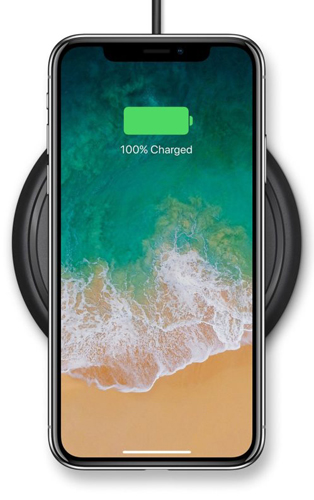 Wireless charging is a convenient way to charge your phone without having to use a cable. The current industry standard is called Qi (pronounced chee) and is widely supported by a wide variety of brands. That means you can wirelessly charge compatible devices instead of buying one charger for each one.
Wireless charging is a convenient way to charge your phone without having to use a cable. The current industry standard is called Qi (pronounced chee) and is widely supported by a wide variety of brands. That means you can wirelessly charge compatible devices instead of buying one charger for each one.
Wireless chargers generally come in pads or docks that allow you to simply lay the phone down face up to fill the battery. No need to connect a cable or look for a wall outlet every time. Put the wireless charger in a convenient spot, and use it any time. When you’re ready, just pick up the phone and go.
Wireless chargers don’t have the wear and tear of plugging in cables, which can sustain damage from repeated connecting and disconnecting. The passthrough rate for wireless chargers has also improved. A 5-watt charging pad can charge a smartphone at a similar rate as a 5-watt/1 Amp wall charger, with newer models using a higher wattage for faster charging.
Fast charging
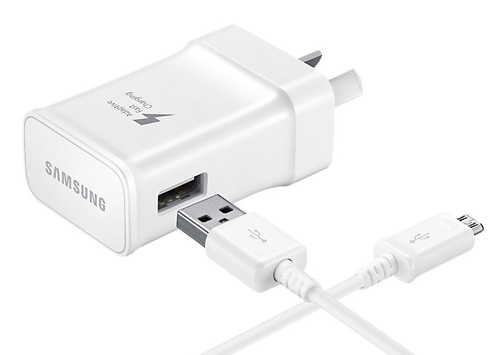 Sometimes, this is also called “Quick Charging,” though both terms are synonymous. Premium and high-end Android smartphones may come with this technology already built-in. It boosts the charging voltage on the front-end, meaning the phone or tablet could charge up to a certain percentage in a very short time. Quick Charge 3.0 is widely supported and can fill up a battery halfway in only 30 minutes. You just need a compatible wall charger and cable to utilize it, which may come in the box with the phone or tablet.
Sometimes, this is also called “Quick Charging,” though both terms are synonymous. Premium and high-end Android smartphones may come with this technology already built-in. It boosts the charging voltage on the front-end, meaning the phone or tablet could charge up to a certain percentage in a very short time. Quick Charge 3.0 is widely supported and can fill up a battery halfway in only 30 minutes. You just need a compatible wall charger and cable to utilize it, which may come in the box with the phone or tablet.
Certain Apple devices, like the iPhone Xs Max, iPhone Xs, iPhone XR, iPhone X, iPhone 8 and iPhone 8 Plus, support USB-PD, which is the standard used for fast charging the iPad Pro with its Lightning cable. Those phones don’t come with cables that have USB-PD embedded, so you can only get faster charging by going with an official Apple or third-party cable from another brand that supports it.
Using a USB-C-to-Lightning cable and a USB-C power adapter that supports USB-PD (Power Delivery), you can fast charge an iPhone Xs Max, iPhone Xs, iPhone XR, iPhone X, iPhone 8 and iPhone 8 Plus up to 50 per cent in 30 minutes.
Quick Charge 4.0 will be the upcoming standard, slashing charging time even further. Plus, it will be cross-compatible with USB-PD when it gains further support from tech brands.
Portable chargers
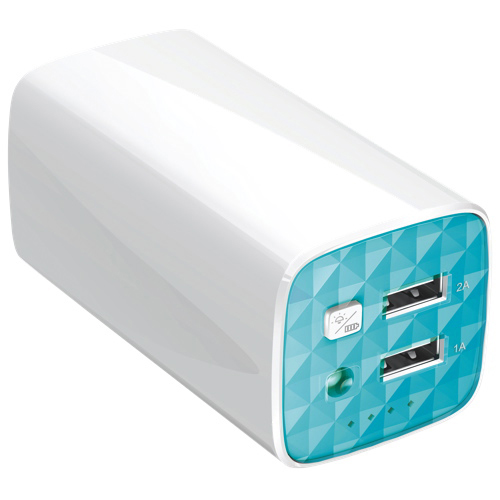 Giving your battery a boost on the go is always possible when you have a portable power bank with you. These come in various shapes, sizes and capacities, ensuring you have something to suit your needs. They are also universal. Just connect your mobile device to the bank with a proper cable and you can charge without being anywhere near a wall outlet.
Giving your battery a boost on the go is always possible when you have a portable power bank with you. These come in various shapes, sizes and capacities, ensuring you have something to suit your needs. They are also universal. Just connect your mobile device to the bank with a proper cable and you can charge without being anywhere near a wall outlet.
The larger the power bank, the more often it can recharge your phone, tablet or mobile gadget. With some larger capacities, you can get over four full charges from a power bank that can fit in a pocket or purse.
For some specific phone models, you can get a battery case to both protect and backup charge your handset on the go. This way, you don’t have to always rely on the phone’s own battery. You have an extra one to fall back on whenever you run low on juice.
Brands and their charging tech
Samsung
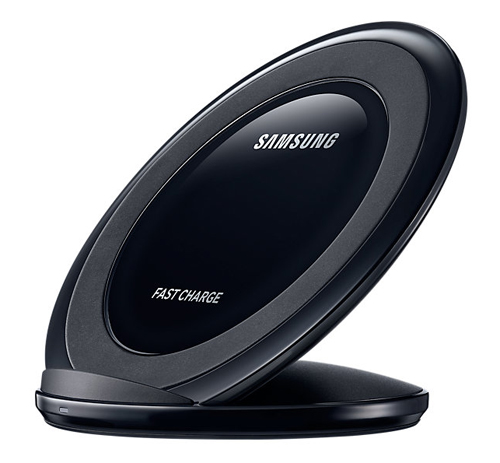 With a wide range of wall chargers, cables and wireless charging pads, your Samsung device is covered. With faster throughput on the latest chargers, you can see the battery fill up quickly before heading out or leave it to fill up entirely by just laying it on one the Qi wireless charging pads.
With a wide range of wall chargers, cables and wireless charging pads, your Samsung device is covered. With faster throughput on the latest chargers, you can see the battery fill up quickly before heading out or leave it to fill up entirely by just laying it on one the Qi wireless charging pads.
Belkin
Whether it’s your home, work, car or anywhere in between, Belkin has a variety of chargers that are universally compatible. Whether you have an iOS or Android phone, tablet or mobile gizmo, you won’t lose out on anything. The charging cables are a mix of elegance and ruggedness, offering the looks or protection you want. Wireless charging pads increase the level of convenience, supporting any Qi-enabled device.
Mophie
Having a wireless charger at home is great, but Mophie is pushing the technology into the car as well. With charging pads that cover any home or work environment, on top of bringing the tech to vehicles, you won’t have to rely on cables as much. Using a pad with a magnetic frame, there are options to boost Apple, Samsung or other compatible Android devices.
Insignia
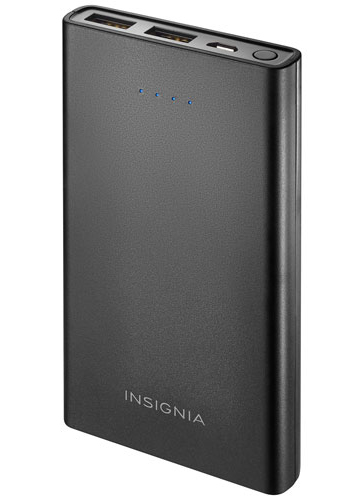 From wall outlets to portable power banks you can take with you, Insignia offers both wired and wireless chargers. Lay down your phone on a wireless charger at home, and then take a power bank with you when taking your phone out with you for a day. Universal compatibility means you can be sure your device will work, regardless of whether you use iOS or Android.
From wall outlets to portable power banks you can take with you, Insignia offers both wired and wireless chargers. Lay down your phone on a wireless charger at home, and then take a power bank with you when taking your phone out with you for a day. Universal compatibility means you can be sure your device will work, regardless of whether you use iOS or Android.
What to consider when looking to charge
A single place to charge may not be enough. Your phone may have come with a charger and cable, but you may want to keep the juice flowing in other parts of the home, at work or in the car.
Make sure to know whether your device supports wireless charging or not, as not all devices do. Fast charging is also device specific, and slightly older devices may use Quick Charge 2.0 rather than 3.0.
Cables can also come in different styles or designs that affect things like longevity. More rugged cables would be ideal for vehicles, where temperature fluctuations are common. More stylized cables, like those made from fabric, may be good for adding some flair, while also avoiding tangling.
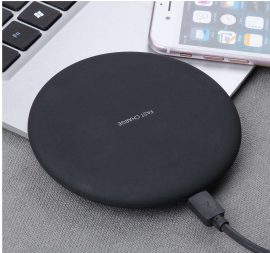 Take the next step
Take the next step
Never worry about a low battery when you have the tools to keep power flowing. Finding the right charger for you is easier when great options are available.
Check out all the cell phone charging options Best Buy has to offer.



